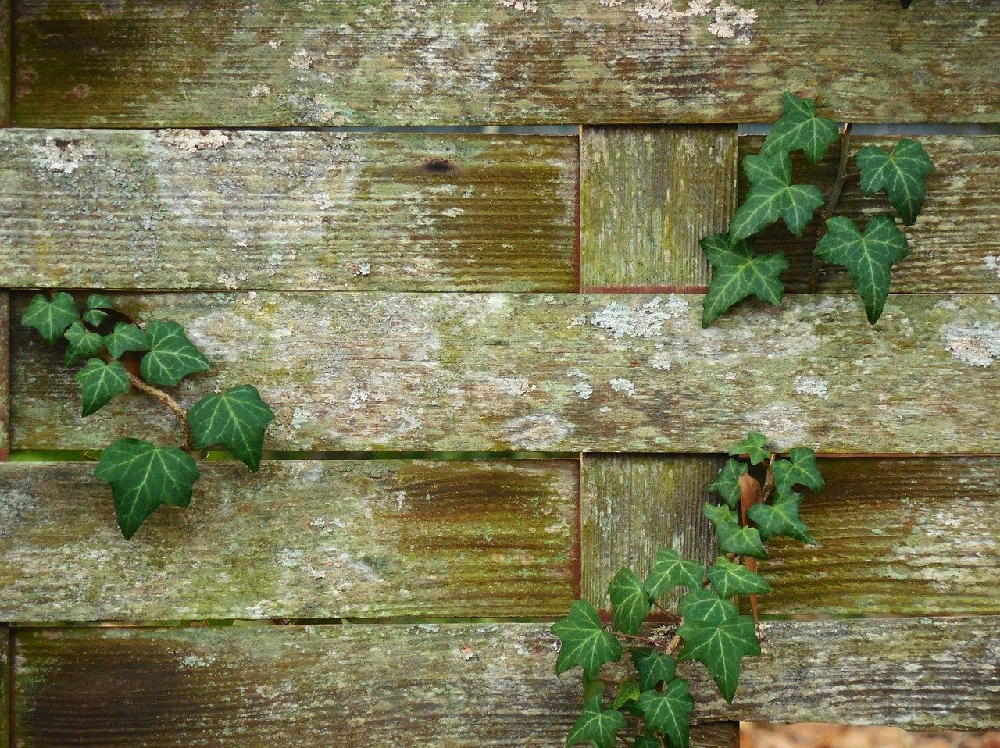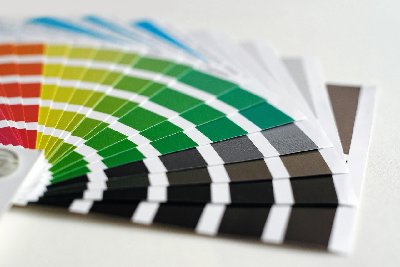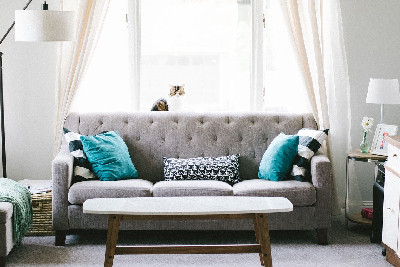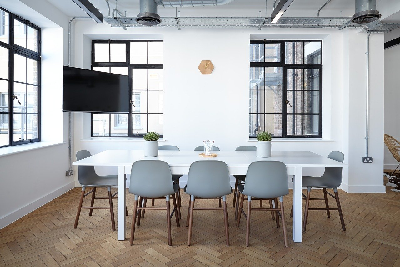How to paint and decorate rooms prone to dampness?
A humid environment requires a particular approach when it comes to painting and decorating. We have prepared a handful of tips that will help you create a beautiful and resistant interior design tailor-made for such conditions.
Dry air is not the best friend of comfort, and neither is the humidity. First of all, a damp environment creates favourable conditions for mould to appear. Mould does not only affect the aesthetics of the room, but it also has a negative impact on health due to toxicity. Preventing its appearance is thus essential, and you can easily do it with the well-chosen restoration methods.
Moreover, dampness intensifies the sensations related to temperature. If it is cold inside the house, the high humidity will make it feel even colder. Thus, the temperature comfort strongly relies on it. A damp environment may be particularly problematic for people with chronic pain conditions like rheumatism. In order to fight the dampness, you can use dehumidifiers and ventilate the rooms daily - but that is not where the possibilities end. The choice of materials and painting/decorating methods also make a difference in the case of damp environments. What should you remember?
#1 Choose the right paint
The variety of mould-resistant paints available on the market is really impressive - you will not have to limit yourself to a narrow spectrum of colours in order to find anti-mould properties. Usually, these paints are also washable, so you can count on two benefits in one.
Remember, though, that painting over the already existing mould with the mould-resistant product is not a solution to the problem. You may get rid of the mould for a while, but it will come back unless you use a mould-killing product. These, however, are rare and may not manage to kill the spores in the deeper layers of the wall. To prevent the mould from appearing, we recommend removing the wall parts that may contain the spores and replacing them with fresh, untouched material.
#2 Stick to open furniture
When picking shelves, cupboards, wardrobes, and so on, try to search for open structures. The airflow is essential in preventing the mould from appearing. In very humid locations, it is common for it to appear on books, clothes made from cotton and leather, or other items made mainly with natural materials. Good ventilation is the best preventive measure.
#3 Avoid the needy plants
There is no doubt that indoor plants have a positive impact on our mood. Plus, they are a beautiful supplement to any interior design. However, when choosing the plants for the space with a tendency to dampness, we recommend sticking to particular species. The plants that love humidity may thrive in a damp environment, but they will most likely intensify the dampness. Instead, it is worth choosing some succulents and plants that do not require regular sprinkling and watering (for example, Epipremnum).

#4 Choose resistant materials
Some materials deal with dampness better than others. You do not have to limit yourself to synthetics and ceramic tiles. Wood may not be the best choice, but cork will be perfect! It has outstanding isolation properties, and it is resistant to mould. Plus, it ages beautifully. If you want to use wood in damp-prone rooms, make sure to choose resistant species such as cedar or redwood and impregnate it well.
#5 Protect the room from the outside
Sometimes, the interior dampness issues originate from the outside. They may be a result of the lack of protective exterior layers. To solve that problem, apply external wall coatings resistant to changing weather conditions and high humidity. As a result, the mould will be very little likely to appear on your interior walls.
In some areas, avoiding the dampness or reducing it with the restoration may be more difficult due to the weather conditions. For instance, in Great Britain, dampness is a common issue even in the interior parts of the country. If you are looking for a painter and decorator in London that will apply dampness-preventive measures in their work, reach out to us. We have already helped numerous Londoners to solve the dampness issue.






